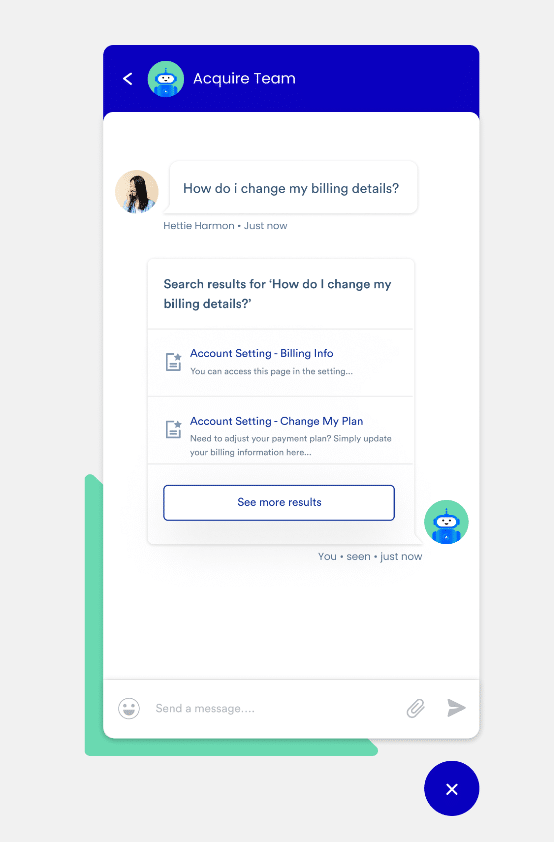If you want to build a great company, you must put your customers and their requirements at the heart of your business. That’s because customer expectations have grown over the years. Today, your customers have much more choice and information, making it harder than ever to retain them. One bad experience and they are likely to abandon ship and move to another option.
On the other hand, positive customer experiences drive loyalty and sales, adding to your bottom-line considerably over time. Unsurprisingly, many businesses are reorganising their organisational strategies to adopt a flywheel model that relies on happy customers to drive referrals and repeat sales.
What is excellent customer service?
Besides focussing on your product and quality, providing your customers with delightful customer service could be vital in achieving more loyalty and sales.
Outstanding customer service is instrumental in delighting users. It’s proven to reduce churn, improve customer happiness and eventually lead to more revenue. But what’s good customer service, after all?
Typically, speed and reliability are two important cornerstones of good customer service. However, adding a human touch in a tech-driven world can make your business stand out from the rest. By making customer service a priority, you can build strong connections to create loyalty that, in turn, drives business results. Therefore, not only do you need the right tools to service your customers efficiently, but you also need the right people to understand your customers’ problems and resolve them patiently. Your customer service team needs to practise patience and empathy and guide your customers to the right solution instead of letting them swim in a sea of confusion.
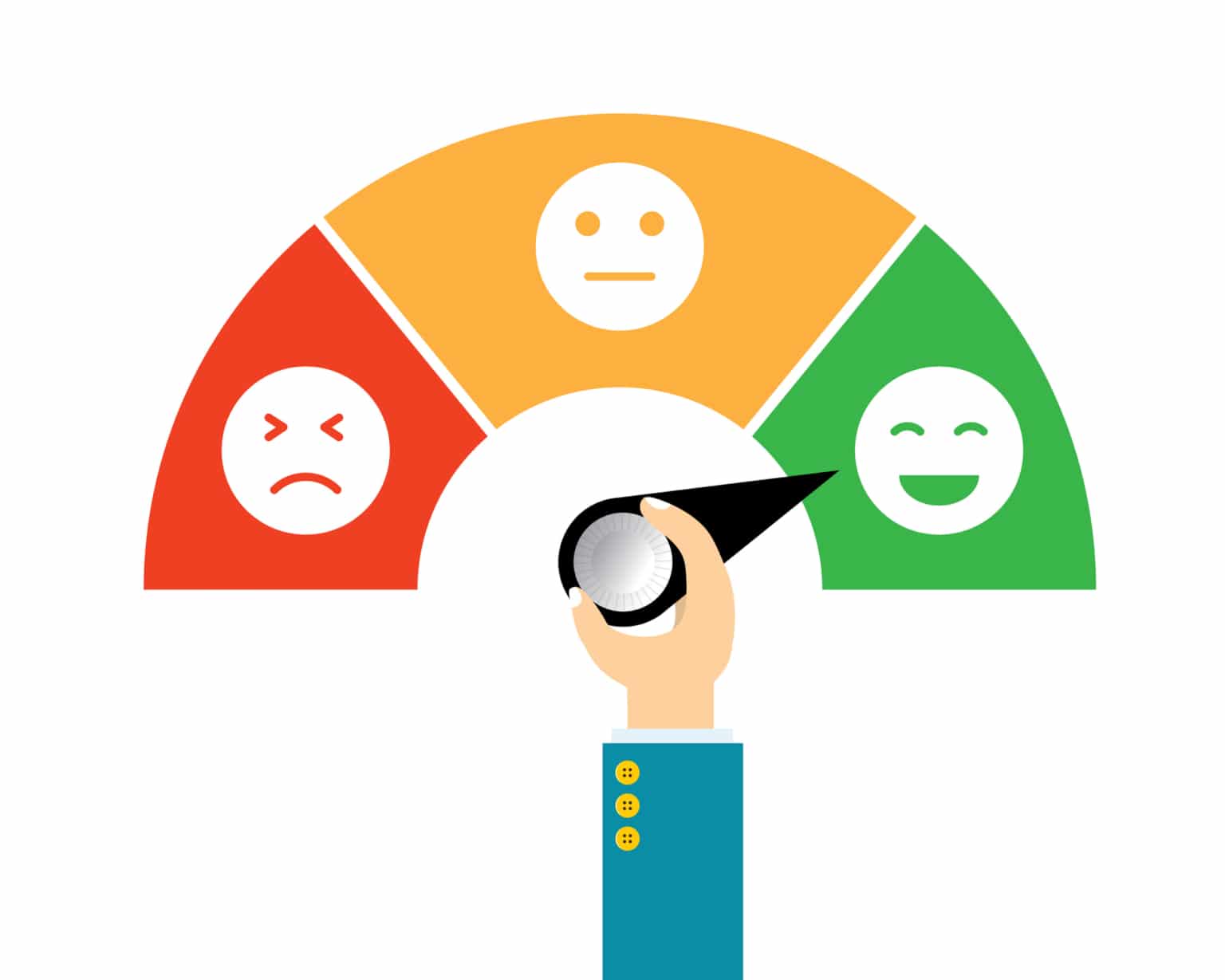
Why Is Delivering Excellent Customer Service Essential?
We already know what constitutes good customer service. But what’s the pressing need of shifting so much of your focus on your customer service team when design, development and marketing could do with additional funds and attention in these times of scarcity?
For starters, as products and services become more indistinguishable from each other, customer experience has emerged as the main battlefield for the various players in any industry. And, with customer experience emerging as the differentiating factor between success and failure, customer service has become critical to competing effectively.
For instance, we’ve all heard that it’s cheaper to keep existing customers than to find new ones. But bad customer service can lead to higher churn. According to a Microsoft report, 90% of Americans use customer service as a factor in deciding whether they want to do business with a company or not. In fact, 58 per cent of Americans would switch companies due to poor customer service experience. On the other hand, 93% of customers are likely to make repeat purchases with companies that offer excellent customer service.
6 Ways to Deliver Excellent Customer Service
If you’re eyeing success, outstanding customer service should be your norm. So invest in creating exceptional experiences to turn customers into loyal advocates for your brand. Here’s how you can go about it:
1. Know Your Product and Service
Customer support agents spend most of their time troubleshooting for customers. Therefore, they need to be product/service experts to help users derive the maximum value out of their purchase and help them move in the right direction if they get stuck. In our opinion, expansive product knowledge is a critical customer service skill. Your support agents should discuss product features, share uses cases, and show customers how your product can benefit them. Of course, they should also be able to troubleshoot if something isn’t working as it should.
To achieve this, it’s important to create a robust onboarding program for your support agents and organise regular training for your employees. You may also create an internal knowledge base for employees with various concepts, ideas and FAQs. This will help them learn faster and act as a handy reference guide if they get stuck.
2. Know Your Customers
If you want to provide an outstanding customer experience, you need to know your customers well. From a marketing perspective, this helps in sending personalised recommendations and retargeting users. But having a unified view of your customers is also crucial from a customer service perspective.
Think about this – you purchased a product, and it’s defective. You got in touch with the support team on Facebook, and they assured you’ll receive a call back shortly. So, you followed up with an email and received a response that the team is looking into the issue. You called up the contact centre a day later, and the agent was clueless about your problem. Isn’t that extremely frustrating?
It’s also possible that the first agent you speak with puts you on hold and transfers the call to another agent. In such a situation, you might end up repeating your query multiple times, which can get annoying at times. Unfortunately, such scenarios happen regularly as support agents don’t know a customer’s history to provide instant help. To overcome this challenge, you may consider a suitable CRM system that regularly updates client information and various interactions to give your agents a unified view of every customer across multiple touchpoints.
Understanding your customers also makes it easier to personalise your interactions with them. Whether it’s greeting them with their name or sending a personalised offer, knowing your customers is vital to your company’s success in multiple ways.
3. Listen to Your Customers
Here’s an interesting story about the ‘giraffe bread‘ at Sainsbury’s. In 2011, a little girl named Lily Robinson wrote a letter to Sainsbury’s, asking why tiger bread was called tiger bread and not giraffe bread? Well, the bread did really look like it had a giraffe print on it, so Lily did have a point.
Instead of responding with a simple “Thank you”, Chris King from the Sainsbury’s customer services team wrote back to the little girl: “I think renaming tiger bread giraffe bread is a brilliant idea – it looks much more like the blotches on a giraffe than the stripes on a tiger, doesn’t it?”
He also went on to explain how the bread got its original name: “It is called tiger bread because the first baker who made it a long time ago thought it looked stripey like a tiger. Maybe they were a bit silly.”
He also included a £3 gift card for the little girl, and the bread was eventually renamed giraffe bread.
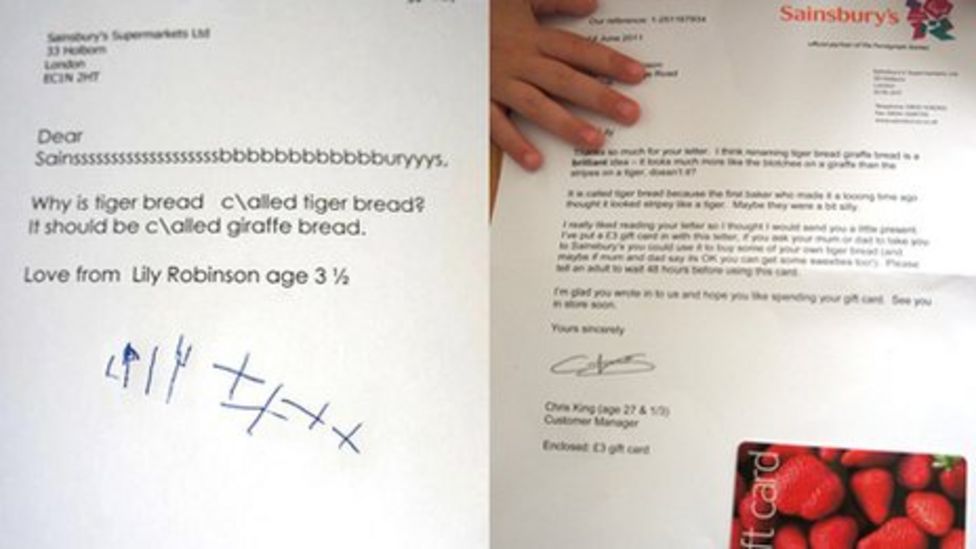
Well, that was an interesting example of listening to your customers and turning them into loyal brand advocates. Like Chris, it’s essential to pay attention to customer feedback, analyse the data, and respond to your customers with a solution to address their problems.
For most customer service agents, active listening is an essential skill. You have to listen to what your customer is saying while being mindful of their personality and emotional state to respond appropriately. A one-size-fits-all approach doesn’t work in customer service.
4. Offer Proactive Customer Service
A customer might get in touch with you when things don’t go as planned. There are chances they’re agitated or frustrated, too. So, you get two problems on hand. First, fixing the original problem. Second, turning an angry customer into a happy one.
But what if this could have been avoided in the first place? We are talking about proactive customer service, that is, anticipating your customers’ needs before they even realise they might require help.
Take Facebook’s example. The social media site neatly offers you resolutions to commonly faced issues through various FAQs and articles.
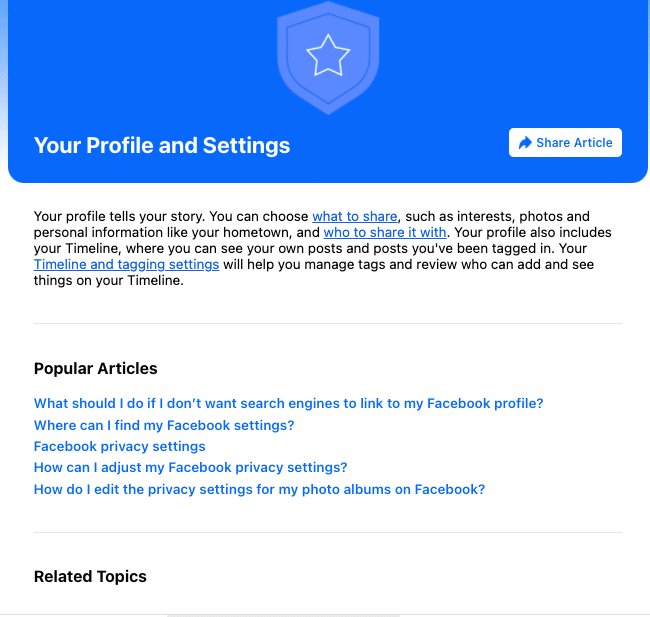
Besides FAQs, you can also create customer service videos to help users leverage your product efficiently. These videos can demonstrate various product features, use them, and troubleshoot minor challenges faced by other users in the past.
You can also use advanced technologies like artificial intelligence to provide pro-active customer service to your clients. Chatbots can give site visitors prompts, share personalised recommendations, and direct users to relevant FAQs for self-service.
Here’s another example of proactive customer service in action:
5. Make Your Team More Responsive
A recent HubSpot study found that 90 per cent of consumers expect an immediate response when they have a customer service question. When asked to define “immediate”, 60 per cent said 10 minutes or less. Simply put, most of your customers consider speeding a critical aspect of any customer service interaction. But how do you provide it?
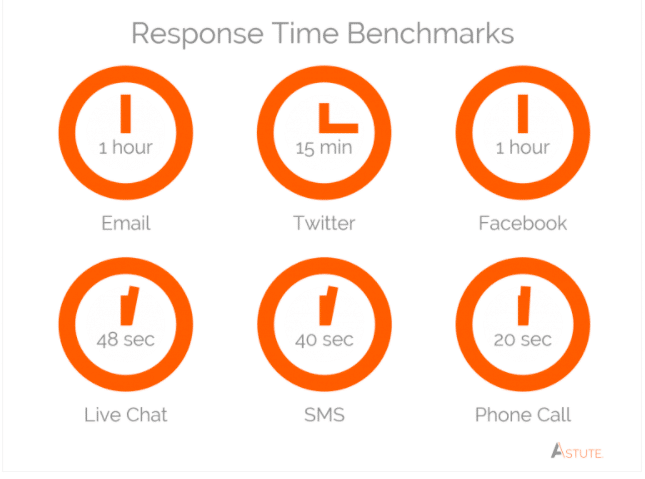
Well, it’s a fact that query resolution takes time. However, that doesn’t mean your customers should have to wait hours to connect with you. Responding to customers as soon as possible over their preferred channel is crucial to your customer service experience. One of the customer service tools that can help you improve your response rate is using a VoIP network.
For instance, if the goal is that no call should go unanswered, you can use a VoIP system to forward calls to external agencies to outsource your support function across time zones. Phones can also be set to offer customers a call back when no agent is available. This reduces voice mail and increases satisfaction by providing a quick response. VoIP systems can also try several numbers at once. So, the customer can be easily put through to another member or team if one is busy or saturated.
Another method of increasing response time is providing a live chat option that makes your support team more accessible. Here’s a worthwhile read with actionable tips to make your support team more responsive.
6. Use Customer Feedback to Improve Your Process

You can’t improve what you can’t measure. That’s why it’s essential to gather feedback and measure your customer satisfaction score to understand how your customer service team is performing. Here are a few ways to collect and use feedback:
- Use net promoter score (NPS) surveys to gauge customer satisfaction levels. You can share a feedback link with customers at the end of every conversation to understand whether they are happy with the resolution or not and what you could do better.
- Consider using pop-ups on your site to gather feedback.
- If a customer is unhappy, you may speak with them face-to-face (via video chat, if they prefer) to understand what went wrong and how you could improve.
- Regularly email clients for testimonials and reviews to know what they think of you.
- Social media is another excellent place to get feedback from customers. Use a social listening tool like Hootsuite to listen to their thoughts and reply to them quickly.
- You can also consider website analytics to understand user behaviour. It will help you understand what parts of your site customers are visiting, how long they stay on a particular page and what they’ll do next. This can create opportunities for proactive customer service to help visitors in case they’re stuck somewhere.
Deliver excellent customer service with RingCentral
Providing excellent customer service is not an option but a necessity for businesses that wish to remain competitive. However, only training your team and creating a customer-centric culture isn’t enough until you equip your team with the right collaboration tools. For instance, equipping your team with the right communication tools to promote real-time interactions can cut down their workload significantly.
Besides, a unified customer engagement system loops your entire team on a single platform. This means customer queries can be floated to all the agents in real-time to reduce the response and resolution time. Above all, it’s important to remember that happy employees create happy customers. By investing in technology to make your employees’ lives easier, you’ll automatically encourage them to serve your customers better.
Originally published Jul 08, 2021, updated Dec 15, 2023

